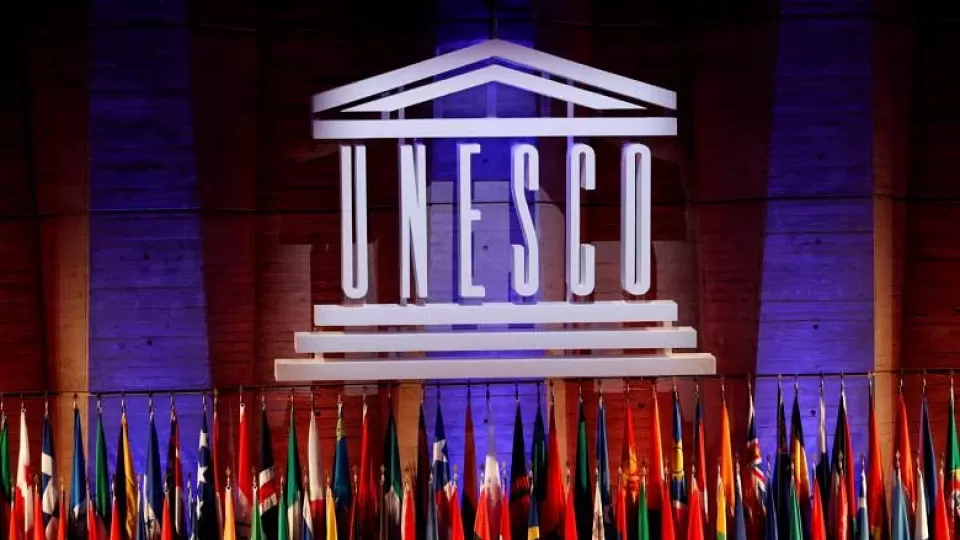February 17, 2023
MANILA – With our archipelago teeming with life both marine and terrestrial, diverse cultures, and rich history, it is not surprising that the Philippines will be home to some of the Unesco World Heritage Sites, that is, “cultural and natural heritage around the world considered to be of outstanding value to humanity.”
We have six such World Heritage Sites: the Baroque churches of the Philippines (four churches in Miag-ao, Iloilo; Paoay, Ilocos Norte; Santa Maria, Ilocos Sur, and San Agustin in Manila); the Tubbataha Reefs Natural Park located in the middle of Sulu Sea; the rice terraces of the Philippine Cordilleras (five terraces are on the list: Batad, Bangaan, Mayoyao, Hungduan, and Nagacadan); the historic city of Vigan; Puerto Princesa Subterranean River National Park; and, most recently (inscribed in 2014), Mount Hamiguitan Range Wildlife Sanctuary.
As an anthropologist and a lover of our archipelago, I consider myself privileged to have visited all but one of the sites (Tubbataha), and as a mountaineer, I am likewise blessed to have had the opportunity to hike on some of them—for instance, ascending past Hungduan Rice Terraces to climb Mount Napulauan in Ifugao province, descending to Batad Rice Terraces from the summit of Mount Amuyao in Mountain Province, scaling Mount St. Paul, the mountain atop the Puerto Princesa underground river in Palawan, and camping in Mount Hamiguitan’s magical bonsai forest in Davao Oriental.
But I have also seen enough of the country to say that there are many more sites that deserve the same recognition. With its traditional stone houses and other aspects of Ivatan culture, as well as distinctive landscapes and seascapes, the Batanes islands very well qualify as what Unesco calls “mixed heritage site” as it “contains elements of both natural and cultural significance.”
Sibuyan Island, too, deserves to be declared as World Heritage Site, with its biodiversity and geological history. In the language of Unesco’s criteria for World Heritage Sites, Sibuyan is an “outstanding example representing major stages of earth’s history, including the record of life, significant on-going geological processes in the development of landforms, or significant geomorphic or physiographic features.”
In fact, as Ivan Henares—who was newly appointed secretary general of the Unesco National Commission of the Philippines after having obtained his Ph.D. at Purdue University—tells me, some of the worthy sites in my mind are already in the country’s “tentative list.” Inclusion in this list is an important designation in itself—and an important step before being declared a World Heritage Site. There are 19 such sites in the country, including mountains like Mount Pulag, Mayon Volcano, Mount Mantalingahan, Mount Malindang, and the Northern Sierra Madre, as well as archeological sites like Tabon Cave. And, of course, marine sites like Apo Reef, Turtle Islands, El Nido, and Coron. Some sites hope to be returned to the tentative list when it is updated this year, such as Agusan Marsh and San Sebastian Basilica.
However, it takes much work—from data gathering to drafting the submission documents—to either have a site included in the tentative list, or to get it declared as a full-fledged World Heritage Site. (Toward this end, Sen. Loren Legarda’s recent call for the institutionalization of cultural mapping is a welcome and important step.)
It also takes commitment on the part of the local government and civil society partners. For predictable reasons—as in the case of protected areas—not everyone will be happy with such designations; while they can mean more tourism and funding for conservation and research, it also means that those sites will be hands off for those who want to earn money by extracting from those sites, like those who want to mine Sibuyan Island.
Meanwhile, as anthropologist Padmapani Perez has illustrated in the case of Mount Pulag, indigenous interests can also clash with conservation goals. Moreover, as Dela Santa and Tiatco (2019) have warned, the concept of cultural heritage can itself be reductive (“heritagization of culture,” as they call it) and problematic if not broadened to include the participation of local communities and wider appreciation of culture.
When carried out in an inclusive and dedicated manner, however, such designations hold the potential to protect the sites themselves, boost local tourism, and renew our appreciation of our own country, making them more than mere labels, but, in the words of Henares, “a commitment to global community that we will nurture and protect them because of their outstanding universal value to humanity.”


